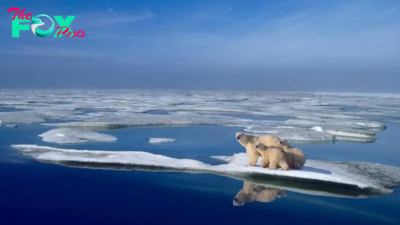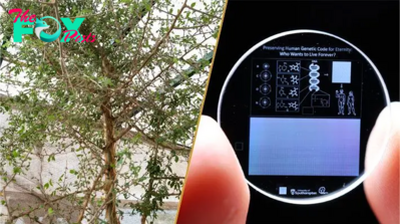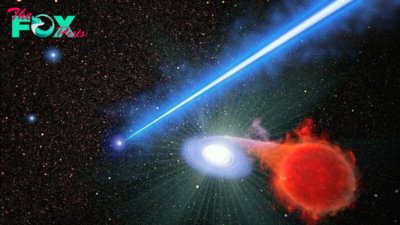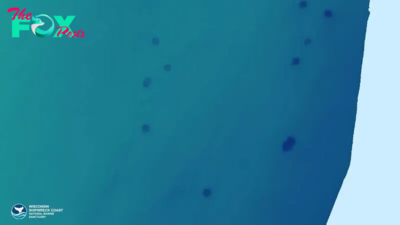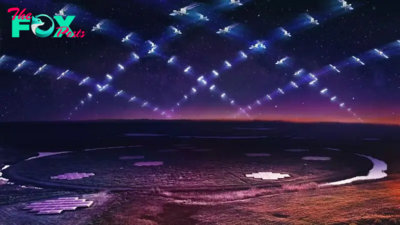Science
James Webb telescope reveals long-studied baby star is actually 'twins' — and they're throwing identical tantrums
A distant star first spotted decades ago is actually a pair of baby stars that are each spewing powerful energy jets parallel to one another, scientists have discovered.
The unlikely twins were finally identified thanks to the James Webb Space Telescope (JWST), which peered through a dense cloud of cosmic dust to spy the adjacent jets shooting out of the juvenile stars, researchers said.
The newly identified stars are located in the WL 20 system — a small stellar cluster in the Rho Ophiuchi cloud complex, about 400 light-years from Earth. Researchers have been studying this system for around 50 years and have listed a number of stars there, including a baby star, or protostar, designated WL 20S, which was surrounded by a large ring of gas and dust, known as a protoplanetary disk.
However, recent observations from the Atacama Large Millimeter/submillimeter Array (ALMA) — a group of more than 60 radio antennas in Chile — hinted that this disk could actually be two separate disks. Follow-up observations from JWST then confirmed this. The space telescope also revealed the presence of stellar jets, which are made up of superheated material ejected by the stars' magnetic poles as they form.
"What we discovered was absolutely wild," Mary Barsony, an astronomer with the Search for Extraterrestrial Intelligence (SETI) Institute, said in a statement. "We actually saw that this ONE star was TWO stars right next to each other."
Researchers presented the new findings June 12 at the 244th meeting of the American Astronomy Society.
Related: 8 stunning James Webb Space Telescope discoveries made in 2023
-

 Science1d ago
Science1d ago'People should not be there': 'Unsurvivable' 20-foot storm surge predicted as ferocious Hurricane Helene heads to Florida
-

 Science2d ago
Science2d agoJames Webb telescope spots rare 'missing link' galaxy at the dawn of time
-
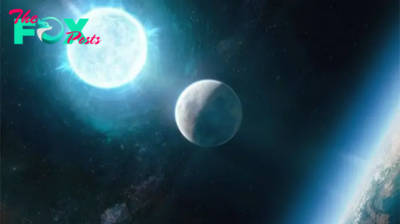
 Science2d ago
Science2d agoAstronomers spot a possible 'future Earth' — 8 billion years into its future
-
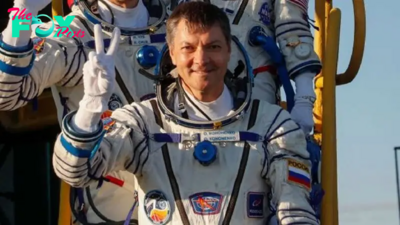
 Science2d ago
Science2d agoRussian cosmonaut returns to Earth after completing record-breaking 1,111th day in space
-
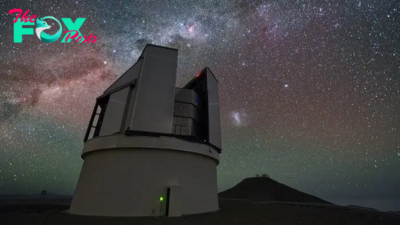
 Science2d ago
Science2d ago'We have changed the view of our galaxy forever': Astronomers capture most detailed ever infrared map of the Milky Way
-
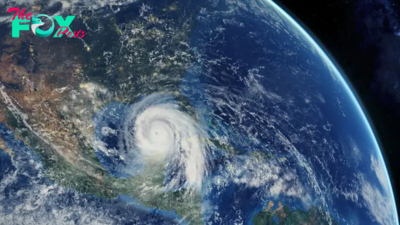
 Science2d ago
Science2d agoExperts predicted way more hurricanes this year — here's the weird reason we're 'missing' storms
-
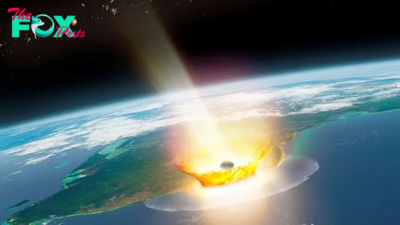
 Science2d ago
Science2d agoNuking an asteroid could save Earth from destruction, researchers show in 1st-of-its-kind X-ray experiment
-
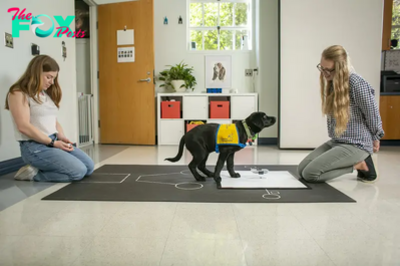
 Science3d ago
Science3d agoThe 5-Minute Game That Will Improve Your Relationship With Your Dog
